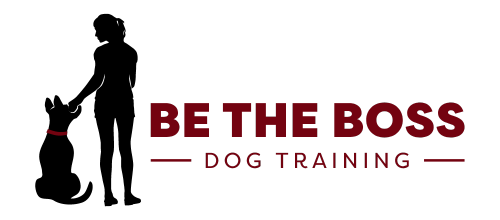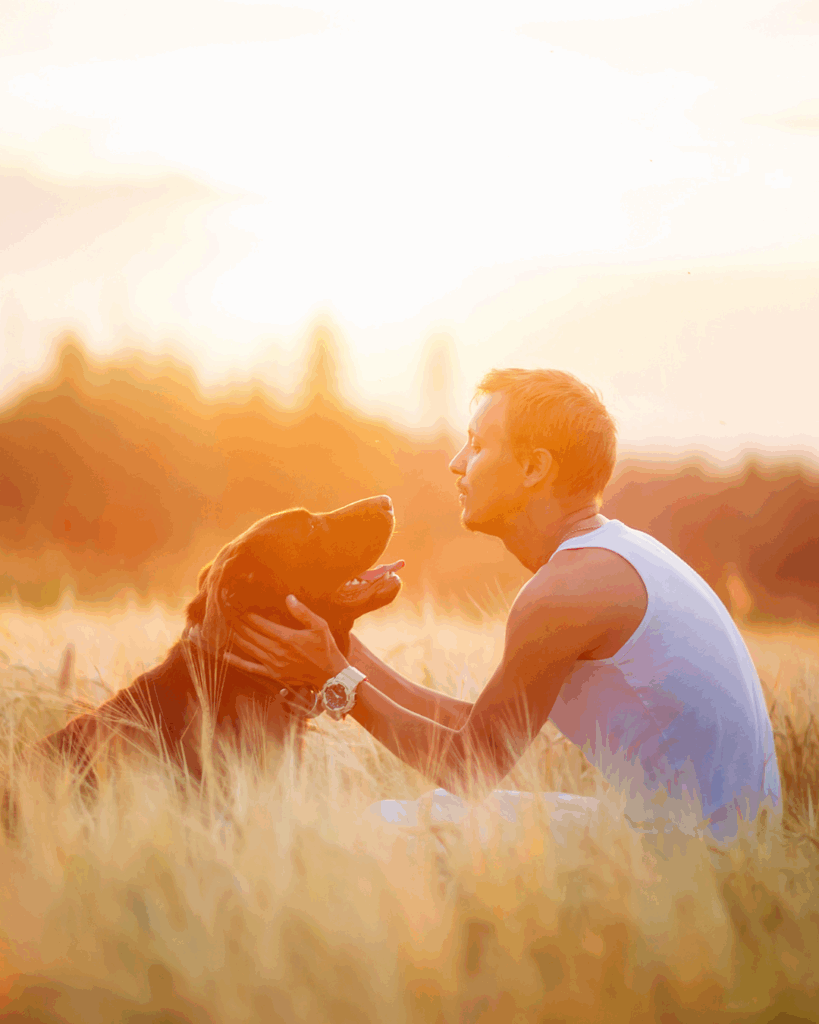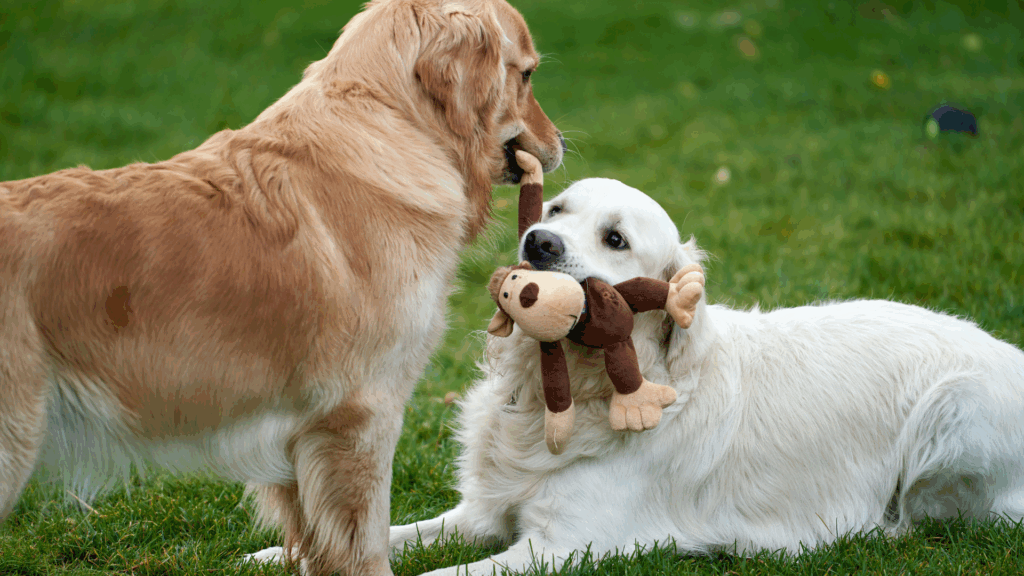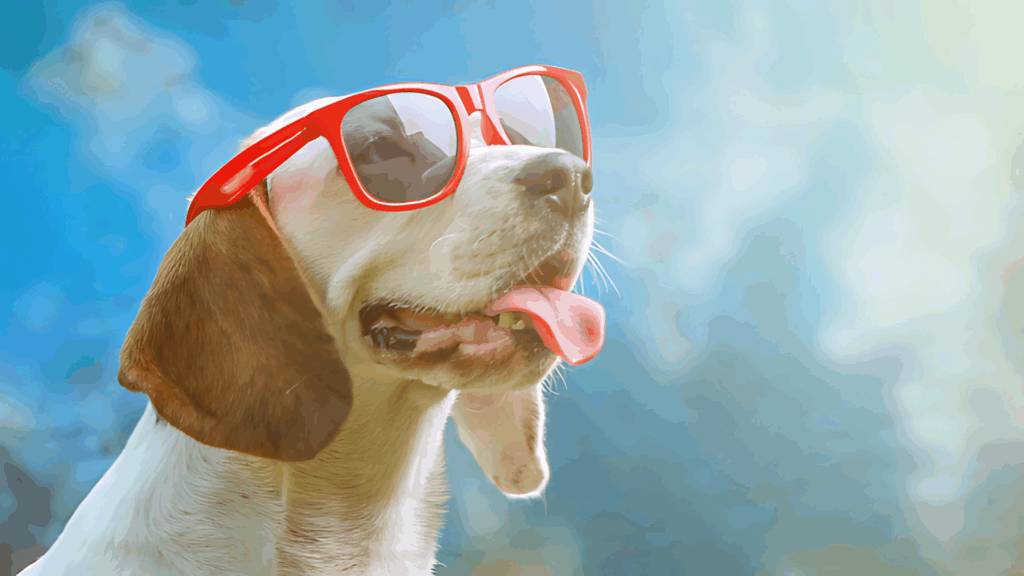When a dog bites a child, it can be an extremely emotional and scary situation.
The first priority for dog and child safety is to get the child medical help if needed and ensure both the child and the dog are in a safe spot. This initial step is crucial for child bite treatment and ensuring immediate safety.
Swift medical intervention can prevent infections and complications, such as tetanus or rabies, which can arise from dog bites. Immediate care also helps to manage pain and reduce the trauma associated with the incident.
While attending to the child’s physical needs, it’s equally important to move both parties to a secure environment to reduce the risk of further injury. This means separating the dog from the child and any other potential targets, ensuring that the situation doesn’t escalate.
Ensuring the child’s well-being is the immediate focus, but the situation also demands careful attention to the dog’s behavior and environment. Observing the dog’s reactions and body language during and after the incident can provide crucial insights into its emotional state.

Once the child is taken care of, the next question usually is: What happens to the dog?
As a professional dog trainer, the question I always ask is: What provoked the dog? Was the child doing something inappropriate? Was the dog scared? Understanding the cause of dog bites is essential to prevent future incidents and help keep the dog and child safe, thereby enhancing dog and child safety.
Dogs can bite for various reasons, including fear, pain, or feeling threatened. It’s crucial to evaluate the context in which the bite occurred. Was the dog feeling cornered or anxious? Was the child unknowingly provoking the dog by pulling its tail or ears? These are important questions that can help in identifying the root cause of the behavior.
Depending on why the dog bit, you might need to surrender the dog to animal control or call the authorities. Legal advice may also be necessary, especially if the dog is not yours. Understanding the severity of the bite is essential in deciding the appropriate action.
For instance, if the dog bite is severe, involving legal authorities might be necessary. Conversely, if the situation can be managed at home, then high-quality professional training from experts like us is absolutely necessary. Training aggressive dogs and ensuring a safe environment for children is our specialty, prioritizing dog and child safety.
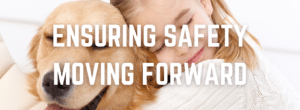
Preventing dog bites involves more than just training the dog; it requires a comprehensive approach to dog behavior and child safety.
Our training programs focus on creating a harmonious relationship between the child and the dog, ensuring that both can coexist happily and safely. This includes teaching children how to interact with dogs appropriately, such as avoiding actions that might startle or threaten the dog, like pulling its tail or ears. Educating children on recognizing a dog’s body language can help them understand when a dog is feeling stressed or scared, thereby preventing situations that might lead to a bite.
Additionally, our training programs incorporate socialization techniques that help dogs feel more comfortable around children. Dogs that are well-socialized are less likely to react aggressively out of fear or unfamiliarity.
By gradually introducing the dog to different scenarios and teaching it to remain calm, we can significantly reduce the risk of biting incidents. Moreover, we emphasize the importance of supervision, especially in households with young children. An adult should always be present when children and dogs interact to ensure that both are behaving appropriately and to intervene if necessary.
Here is a great video to watch if you are wondering if you should muzzle your dog.

When a dog bites a child, it’s a serious matter that requires immediate attention and thoughtful action.
Whether it’s seeking medical help, legal advice, or professional dog training, each step is crucial in ensuring the safety and well-being of both the child and the dog. Immediate medical attention can address any physical injuries and prevent complications, while legal advice can help navigate the responsibilities and implications of the incident.
Professional dog training is essential to address the root cause of the biting behavior and to implement strategies to prevent future occurrences, thereby enhancing dog and child safety.
Our team is dedicated to providing support and solutions in such critical situations. We understand the emotional toll that a dog bite can take on both the child and the family, and we are committed to helping you through every step of the process.
From immediate intervention to long-term training plans, we offer comprehensive services designed to restore safety and harmony in your home. If you’re dealing with such a situation, don’t hesitate to reach out to us. We’re here to help ensure a safe and happy way forward for everyone involved, fostering a peaceful coexistence between children and their furry companions while prioritizing dog and child safety.
IF YOU LIKED THIS ARTICLE DON’T FORGET TO READ ABOUT HOW TO STOP BARKING
